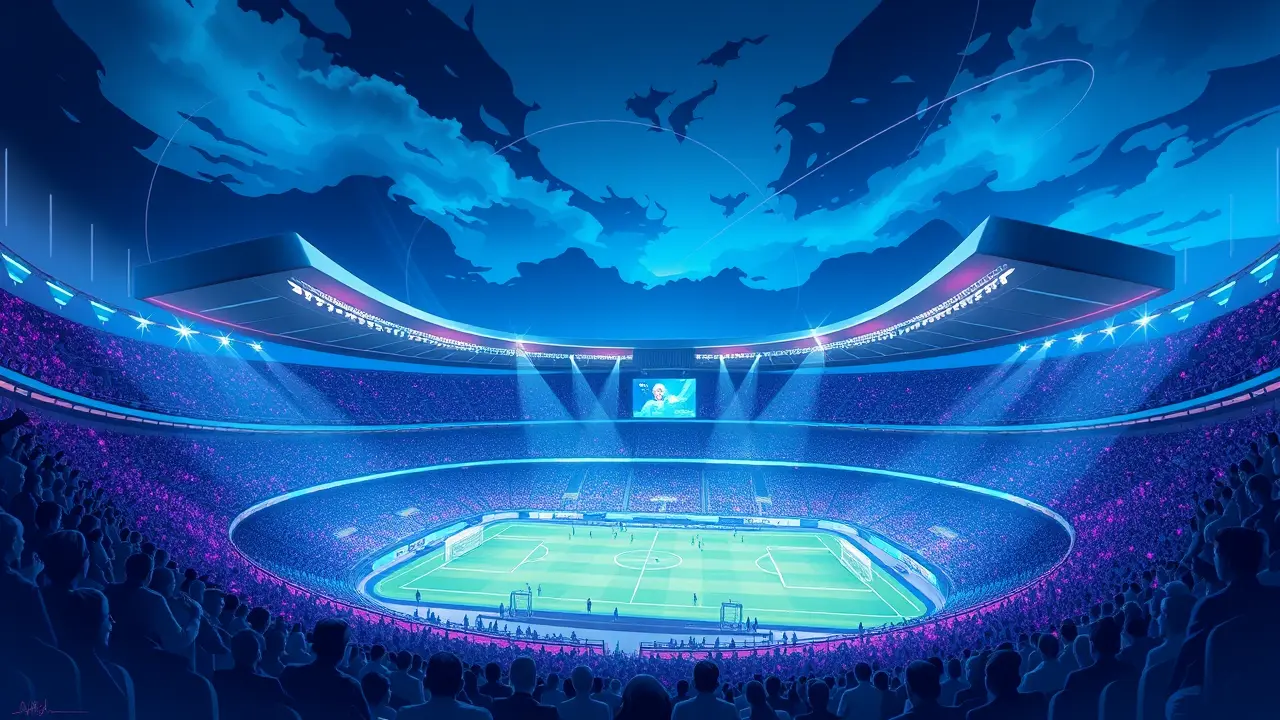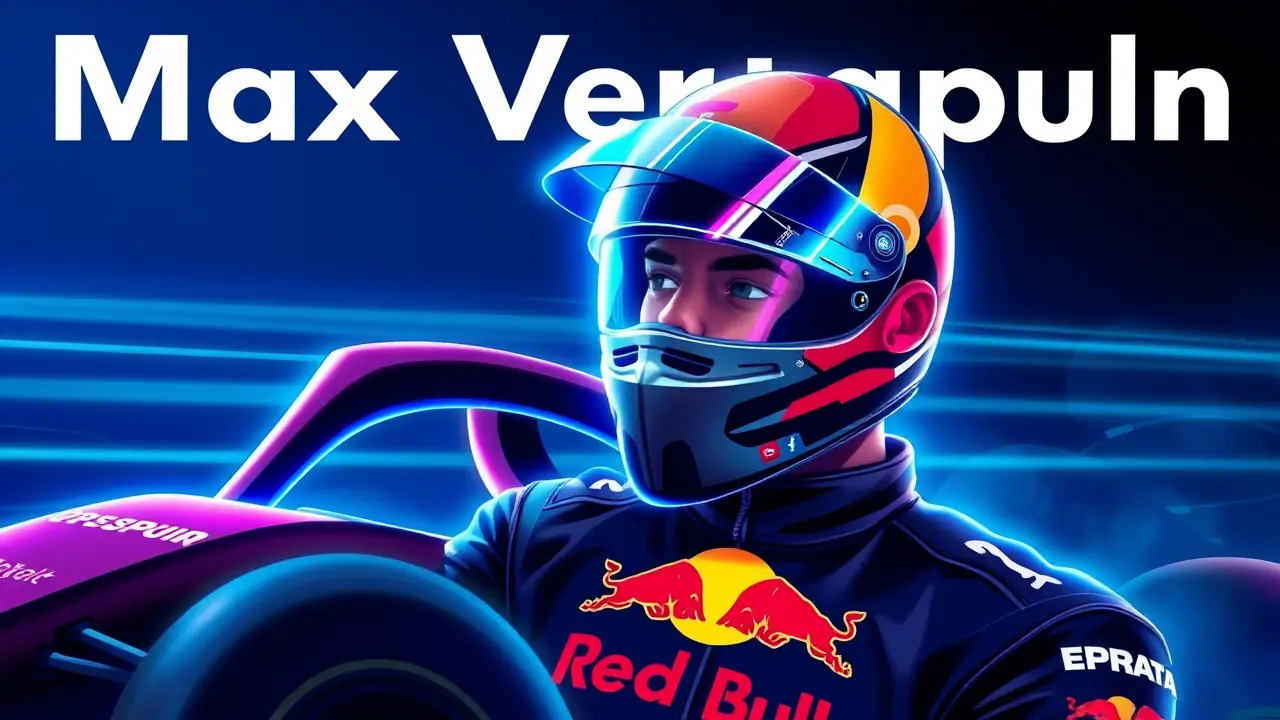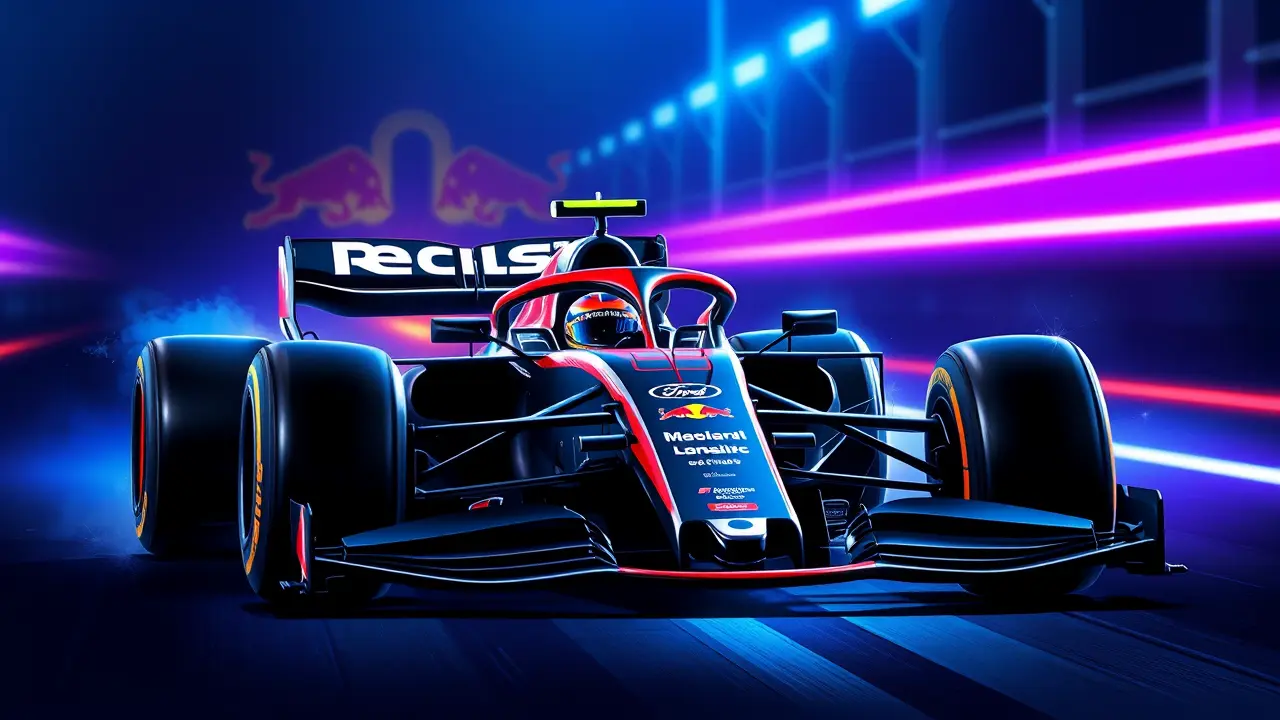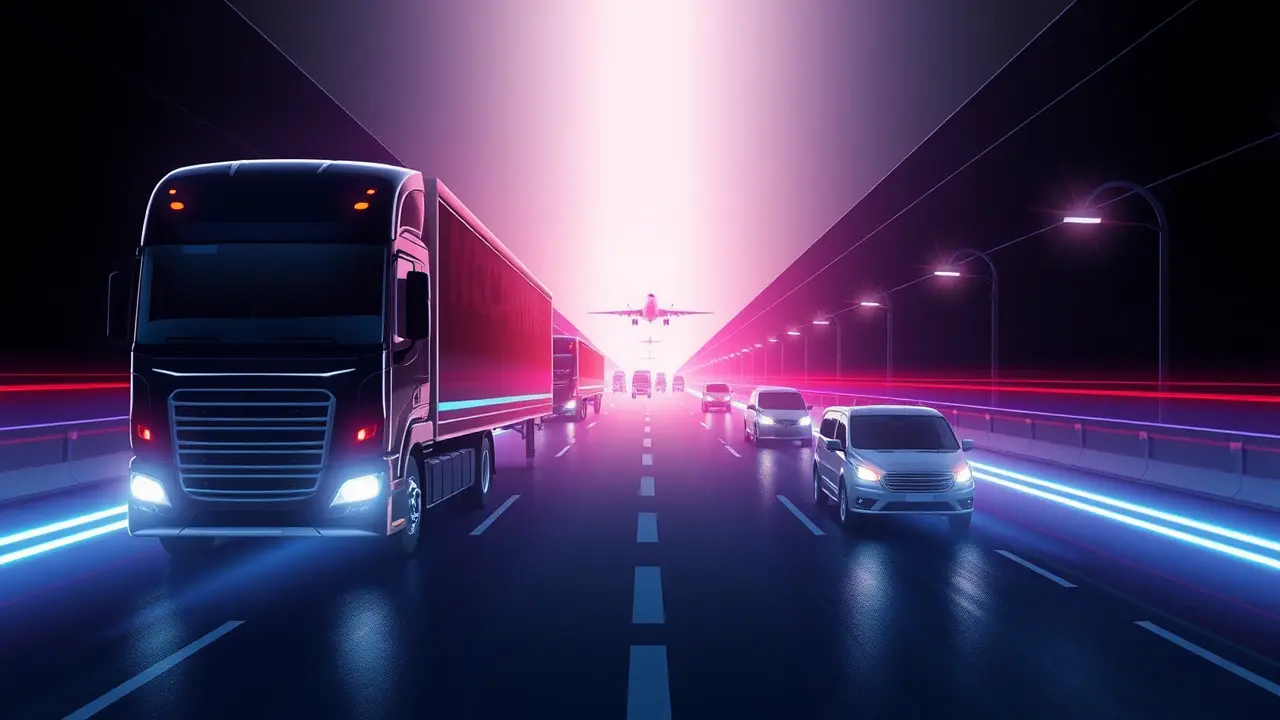
SportmotorsportFormula 1
Andrea Kimi Antonelli on the importance of qualifying in F1.
JA
Jack Turner
13 hours ago7 min read
In the high-stakes theater of Formula 1, where milliseconds dictate destinies and grid position is a currency more valuable than gold, Mercedes prodigy Andrea Kimi Antonelli has pinpointed Saturday afternoons as the new battleground for supremacy. The young driver’s candid admission that he’s laser-focused on bolstering his qualifying performances isn’t just a personal revelation; it’s a strategic manifesto for survival in modern Grand Prix racing.The art of the overtake, once a thrilling spectacle of daring bravado and late-braking heroics, has been systematically strangled by the current generation of aerodynamic-dependent cars, which wallow in the turbulent 'dirty air' of the car ahead, turning what should be a ballet into a frustrating slog. This reality elevates the single lap qualifying shootout from a preliminary act to the main event, a truth Antonelli understands all too well.He articulates that the opening lap has become a chaotic, high-speed chess match where positions gained are often positions kept, largely because running in clean air allows a car to perform as its engineers intended—with optimal downforce, tire temperature, and engine cooling. The 'porpoising' phenomenon and ground-effect aerodynamics, while designed to promote closer racing, have paradoxically made following another car through a high-speed corner an exercise in precarious control, meaning that if you don’t make your moves in the first two corners, you could be trapped in a DRS train for the remainder of the Grand Prix, your race pace rendered irrelevant.This is compounded by what Antonelli describes as an unprecedented 'density' in the midfield, where the performance gap from P5 to P15 can be less than three-tenths of a second, a blink-of-an-eye margin that turns every qualifying session into a pressure cooker. A single missed apex, a slight lock-up, or a suboptimal tow can see a car capable of Q3 suddenly starting from P14, consigning a driver to an afternoon of damage limitation.Antonelli’s specific focus on improving in Q3 is particularly astute; this is where the true elite separate themselves, where the track is at its fastest, the tires are at their most delicate, and the mental fortitude required is immense. Historically, drivers like Ayrton Senna mastered the psychological warfare of qualifying, understanding that pole position was more than just a starting spot—it was a statement of dominance that echoed into race day.In today’s F1, with strategic variance limited by durable tires and predictable pit stops, that statement is louder than ever. For a team like Mercedes, which has struggled to match the raw pace of Red Bull and the relentless development of McLaren, maximizing qualifying is not an option but a necessity.Team Principal Toto Wolff has long preached the 'no free lunch' philosophy in F1, and a poor Saturday is the bill that comes due on Sunday. The consequence of a qualifying misstep is a cascade of strategic compromises: starting on less favorable tire compounds, being vulnerable under Safety Car conditions, and spending precious laps and tire life fighting through traffic instead of managing a gap. Antonelli’s self-critique, therefore, is not just the introspection of a young driver but the calculated analysis of a racer who recognizes that in the 2024 Formula 1 championship, the race is often won not on Sunday, but in the solitary, nerve-shredding intensity of Saturday’s final qualifying hour.
#Formula 1
#Mercedes
#Andrea Kimi Antonelli
#qualifying
#race strategy
#featured
Stay Informed. Act Smarter.
Get weekly highlights, major headlines, and expert insights — then put your knowledge to work in our live prediction markets.
Related News
© 2025 Outpoll Service LTD. All rights reserved.













